Audi 2008 Annual Report Download - page 120
Download and view the complete annual report
Please find page 120 of the 2008 Audi annual report below. You can navigate through the pages in the report by either clicking on the pages listed below, or by using the keyword search tool below to find specific information within the annual report.-
 1
1 -
 2
2 -
 3
3 -
 4
4 -
 5
5 -
 6
6 -
 7
7 -
 8
8 -
 9
9 -
 10
10 -
 11
11 -
 12
12 -
 13
13 -
 14
14 -
 15
15 -
 16
16 -
 17
17 -
 18
18 -
 19
19 -
 20
20 -
 21
21 -
 22
22 -
 23
23 -
 24
24 -
 25
25 -
 26
26 -
 27
27 -
 28
28 -
 29
29 -
 30
30 -
 31
31 -
 32
32 -
 33
33 -
 34
34 -
 35
35 -
 36
36 -
 37
37 -
 38
38 -
 39
39 -
 40
40 -
 41
41 -
 42
42 -
 43
43 -
 44
44 -
 45
45 -
 46
46 -
 47
47 -
 48
48 -
 49
49 -
 50
50 -
 51
51 -
 52
52 -
 53
53 -
 54
54 -
 55
55 -
 56
56 -
 57
57 -
 58
58 -
 59
59 -
 60
60 -
 61
61 -
 62
62 -
 63
63 -
 64
64 -
 65
65 -
 66
66 -
 67
67 -
 68
68 -
 69
69 -
 70
70 -
 71
71 -
 72
72 -
 73
73 -
 74
74 -
 75
75 -
 76
76 -
 77
77 -
 78
78 -
 79
79 -
 80
80 -
 81
81 -
 82
82 -
 83
83 -
 84
84 -
 85
85 -
 86
86 -
 87
87 -
 88
88 -
 89
89 -
 90
90 -
 91
91 -
 92
92 -
 93
93 -
 94
94 -
 95
95 -
 96
96 -
 97
97 -
 98
98 -
 99
99 -
 100
100 -
 101
101 -
 102
102 -
 103
103 -
 104
104 -
 105
105 -
 106
106 -
 107
107 -
 108
108 -
 109
109 -
 110
110 -
 111
111 -
 112
112 -
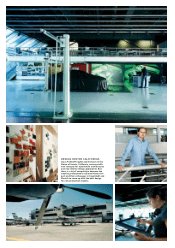 113
113 -
 114
114 -
 115
115 -
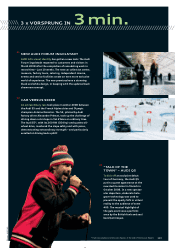 116
116 -
 117
117 -
 118
118 -
 119
119 -
 120
120 -
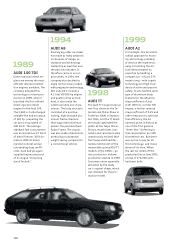 121
121 -
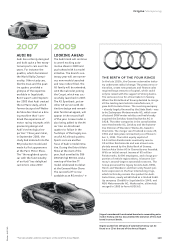 122
122 -
 123
123 -
 124
124 -
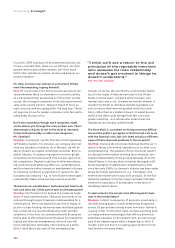 125
125 -
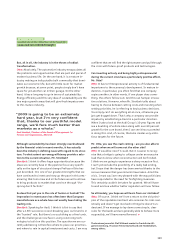 126
126 -
 127
127 -
 128
128 -
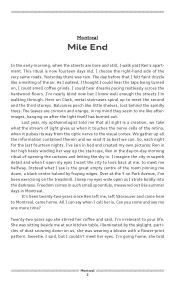 129
129 -
 130
130 -
 131
131 -
 132
132 -
 133
133 -
 134
134 -
 135
135 -
 136
136 -
 137
137 -
 138
138 -
 139
139 -
 140
140 -
 141
141 -
 142
142 -
 143
143 -
 144
144 -
 145
145 -
 146
146 -
 147
147 -
 148
148 -
 149
149 -
 150
150 -
 151
151 -
 152
152 -
 153
153 -
 154
154 -
 155
155 -
 156
156 -
 157
157 -
 158
158 -
 159
159 -
 160
160 -
 161
161 -
 162
162 -
 163
163 -
 164
164 -
 165
165 -
 166
166 -
 167
167 -
 168
168 -
 169
169 -
 170
170 -
 171
171 -
 172
172 -
 173
173 -
 174
174 -
 175
175 -
 176
176 -
 177
177 -
 178
178 -
 179
179 -
 180
180 -
 181
181 -
 182
182 -
 183
183 -
 184
184 -
 185
185 -
 186
186 -
 187
187 -
 188
188 -
 189
189 -
 190
190 -
 191
191 -
 192
192 -
 193
193 -
 194
194 -
 195
195 -
 196
196 -
 197
197 -
 198
198 -
 199
199 -
 200
200 -
 201
201 -
 202
202 -
 203
203 -
 204
204 -
 205
205 -
 206
206 -
 207
207 -
 208
208 -
 209
209 -
 210
210 -
 211
211 -
 212
212 -
 213
213 -
 214
214 -
 215
215 -
 216
216 -
 217
217 -
 218
218 -
 219
219 -
 220
220 -
 221
221 -
 222
222 -
 223
223 -
 224
224 -
 225
225 -
 226
226 -
 227
227 -
 228
228 -
 229
229 -
 230
230 -
 231
231 -
 232
232 -
 233
233 -
 234
234 -
 235
235 -
 236
236 -
 237
237 -
 238
238 -
 239
239 -
 240
240 -
 241
241 -
 242
242 -
 243
243 -
 244
244 -
 245
245 -
 246
246 -
 247
247 -
 248
248 -
 249
249 -
 250
250 -
 251
251 -
 252
252 -
 253
253 -
 254
254 -
 255
255 -
 256
256 -
 257
257 -
 258
258 -
 259
259 -
 260
260 -
 261
261
 |
 |

117
AUDI 225
ROADSTER
Since the start of the 1930s,
Auto Union AG was a multi-
brand group, under whose
umbrella DKW, Wanderer,
Horch and Audi were each
given precisely defined
roles. Audi was the brand
for the upscale midsize
category, targeting cus-
tomers drawn to techni-
cally avant-garde solutions.
It therefore comes as no
surprise that this brand
adopted front-wheel drive.
1935 saw the introduction
of an enhanced version of
the Audi Front, designated
the Audi Front 225, with its
engine capacity increased
from 1,950 cc to 2,257 cc.
It was a model that ap-
pealed to both esthetes
and individualists alike.
The rarest model of all was
the Special Roadster, which
was actually intended as
an attention-getter for an
auto show and cost the
princely sum of 8,500
Reichsmarks – a luxury only
two customers could afford.
AUDI TYPE 920
Audi has earned a reputa-
tion as being a brand suited
to technically discerning
customers looking for
products that are truly spe-
cial. Some of the innova-
tions securing this reputa-
tion are the Audi Front,
launched in 1933, the 225
series, introduced in 1935,
and the ultramodern
3.2 liter straight-six engine
that achieved 75 hp at
3,000 rpm. This engine was
developed by Audi’s exclu-
sive sister brand Horch for
a “compact” Horch model
and made its way into the
product range as the Audi
Type 920. With this en-
gine’s 75 horsepower, the
exclusive sedan and elegant
convertible were capable of
130 km/h. And since the
Type 920’s comfortable
specifications also meant
it had to be heavier, the last
pre-war Audi reverted to
rear-wheel drive. Sales
started well – but then war
broke out and only 1,281 of
this model were ever built.
AUDI 72
By the mid-1960s, the two-
stroke era was drawing to
a close at Auto Union and
a new era was dawning in
Ingolstadt, when Head of
Development Ludwig Kraus
brought a new four-cylin-
der, four-stroke engine able
to pull 72 hp out of 1,696 cc
into production. This en-
gine, which had an excep-
tionally high compression
ratio, was destined to secure
Auto Union’s future. The
first post-war Audi rolled
off the production line on
August 13, 1965 in Ingol-
stadt and went on sale at
a price of 7,690 German
marks. It was later desig-
nated “72” to denote the
number of horsepower.
AUDI QUATTRO
Rarely has a new technol-
ogy had such a radical influ-
ence on developments in
the auto industry as the
quattro, unveiled during
the Geneva Motor Show in
1980. “That’s the car we
forgot to build,” said flab-
bergasted competitors
when the quattro streaked
away from its challengers
in its very first outing at
the World Rally Champion-
ship. A hollow shaft with
center differential in the
manual transmission dis-
tributed the engine’s power
to all four wheels. The eye-
catching quattro coupe was
universally impressive;
whether on ice or snow, dry
roads or wet. It demolished
its rivals in rally competi-
tions and captured its first
Constructors World Cham-
pionship in 1982.
Under the then Technical
Director Ferdinand Piëch,
Audi wrote a new chapter
in technical history.
Origins Vorsprung
1939
19 65
198 0
1935
